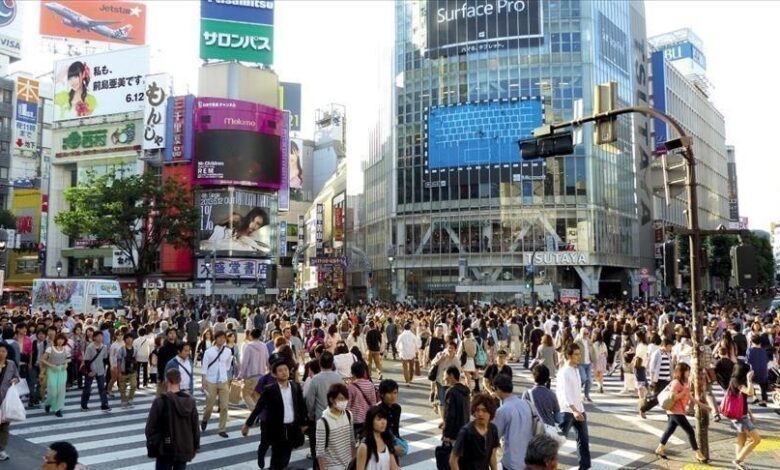
The population of Japan declined by 801,000 in 2022, the largest drop in the country’s history, according to data released by the Ministry of Administrative Affairs and Communications. The decline was recorded in all 47 prefectures, Turanews.kz reports.
The number of Japanese citizens has been declining for the 14th year in a row. The record low birth rate of 772,000 was well below the record high death rate of 1.57 million.
The number of children born in Japan between January and June 2023 decreased by 3.6% compared to the same period last year, and amounted to 371,052. These data include children of foreigners born in Japan.
In addition, during the same period, the number of marriages decreased by 7.3% to 246,332. At the same time, the death rate increased by 2.6% to 797,716 people, which led to a decrease in the population of Japan by 426,664 people.
The Japanese authorities are taking unprecedented measures to reverse the current negative demographic trend in the country. These measures include increasing financial support for families with children, expanding childcare facilities, and making it easier for women to work.
The Ministry of Health, Labor and Welfare of Japan has warned that the country’s youth population will decline twice as fast in the 2030s as it is now. The ministry has called on the government to take further measures to address the declining birth rate.
The Japanese cabinet, led by Fumio Kishida, plans to increase annual childcare spending by 3.5 trillion yen ($25 billion) starting in 2024 over the next three years. The head of the Japanese government plans to increase such spending to the level of Sweden, which occupies a leading position among OECD members in the cost of family benefits per child.
According to the Organization for Economic Co-operation and Development, the share of government spending on family benefits in Sweden’s GDP in 2019 was about 3.4%. At the same time, in fiscal year 2020, Japan’s budget for childcare and family support amounted to about 10 trillion yen ($75 billion), which corresponds to 2.01% of the country’s GDP.
Japan has some of the strictest immigration laws in the world, but the Japanese authorities are also determined to attract more “foreign talent” by opening their doors to highly skilled workers and entrepreneurs looking to set up a business in the country.
Experts say the decline in the Japanese population is a major challenge for the country’s economy and society. A shrinking workforce will make it difficult to sustain economic growth, and an aging population will put a strain on the country’s social welfare system.
The Japanese government is facing a difficult task in trying to reverse the country’s demographic decline. However, the stakes are high, and the government is determined to find solutions.



